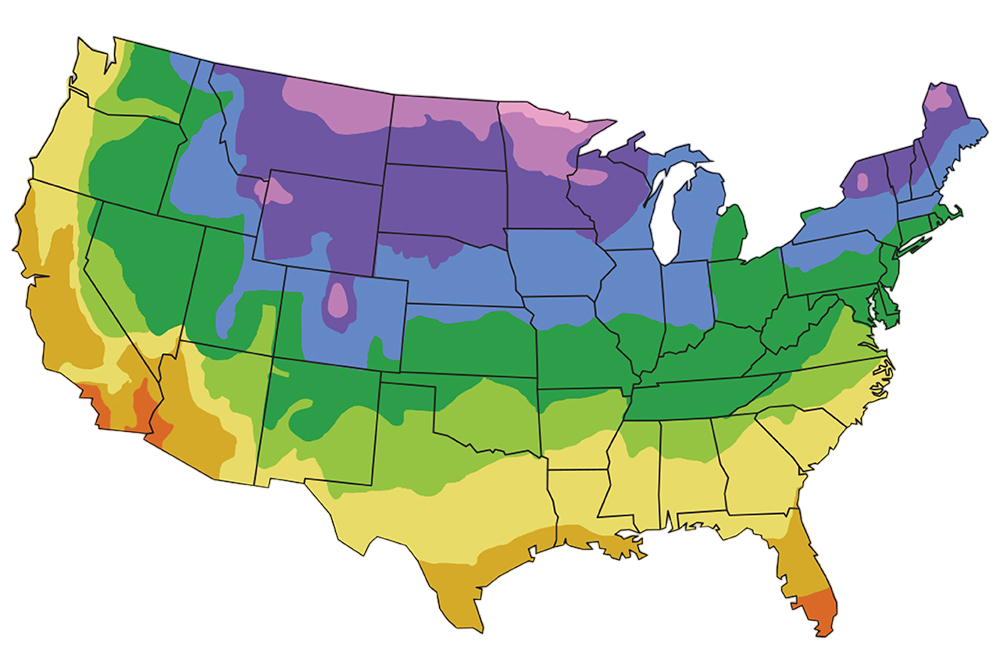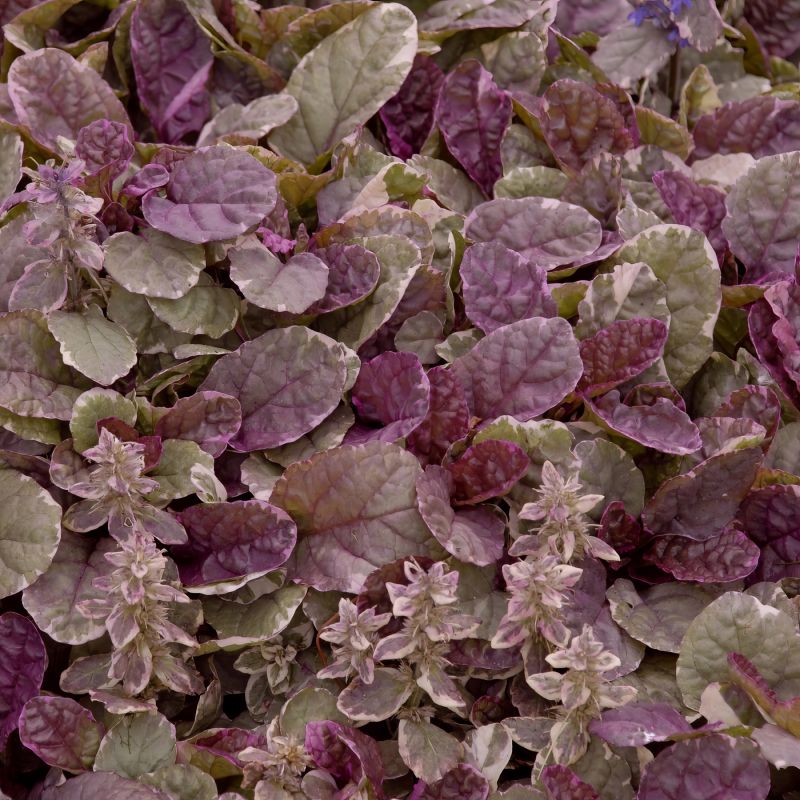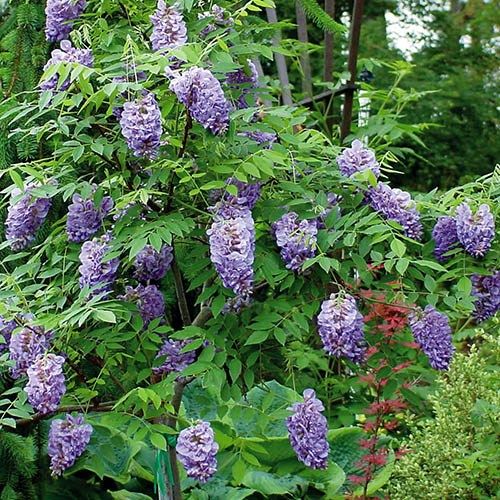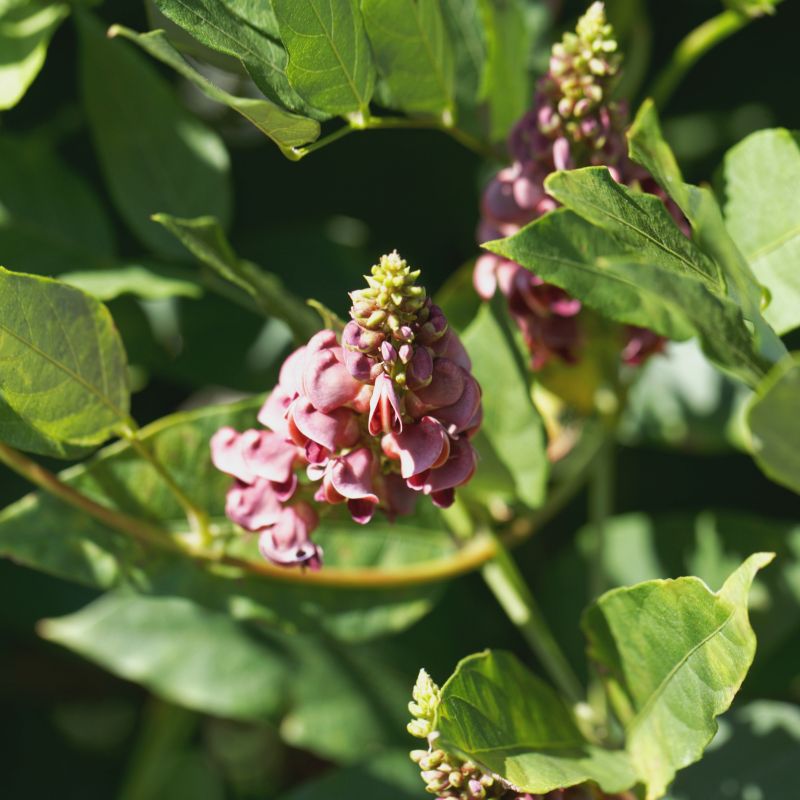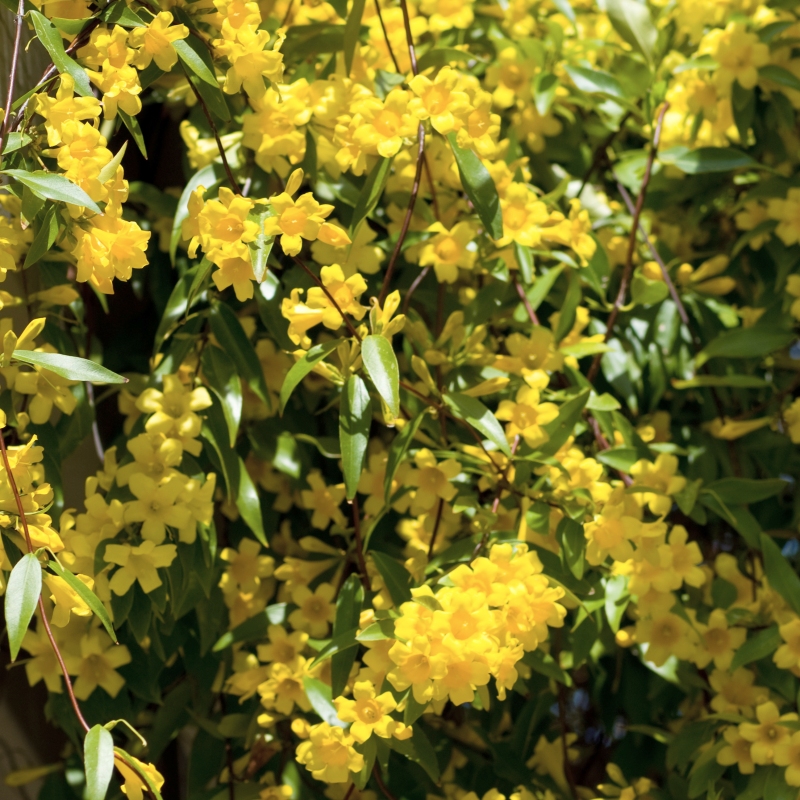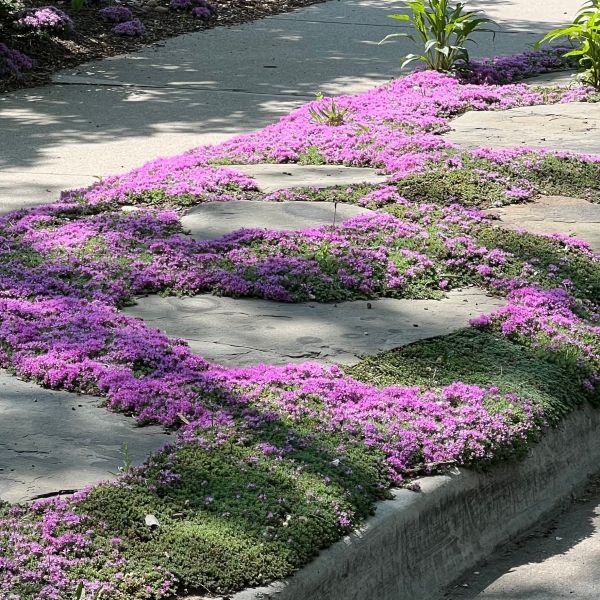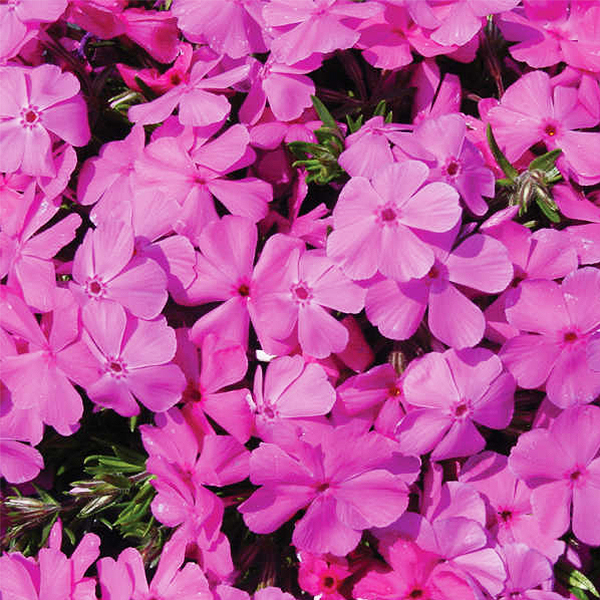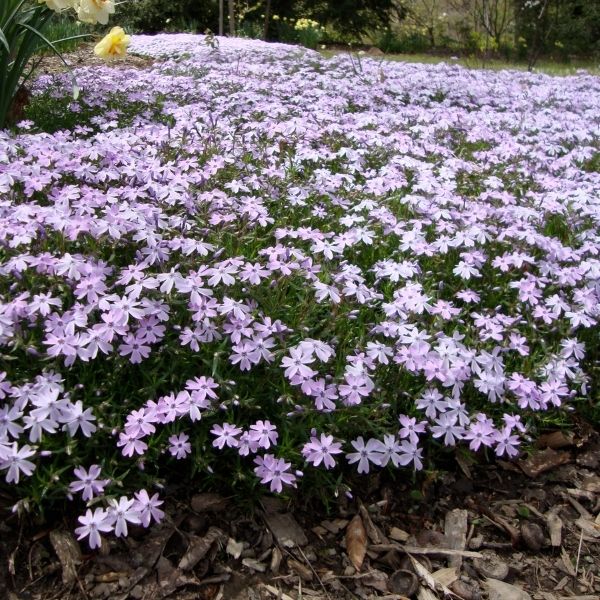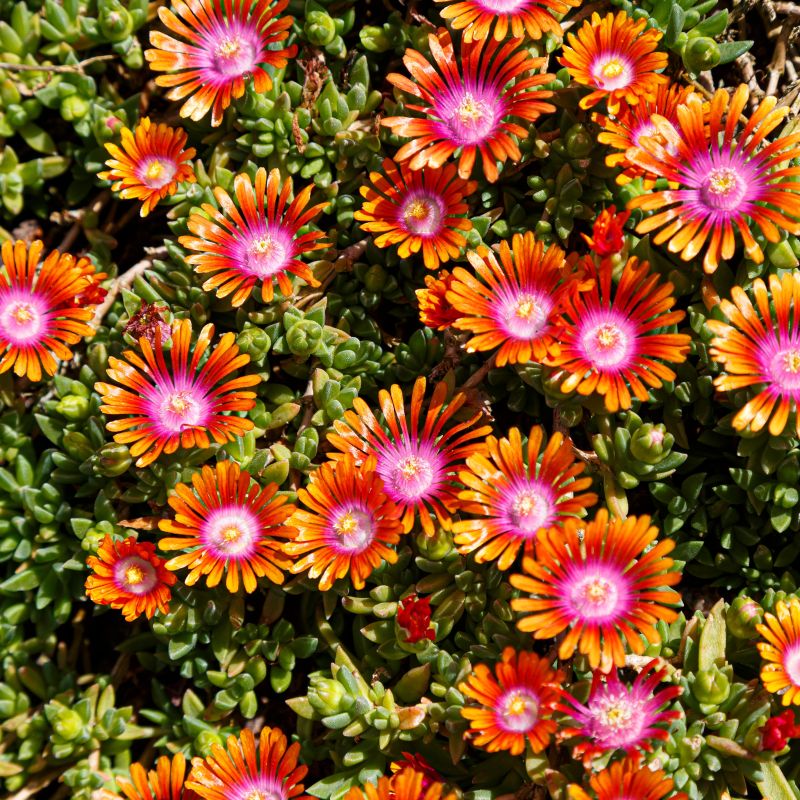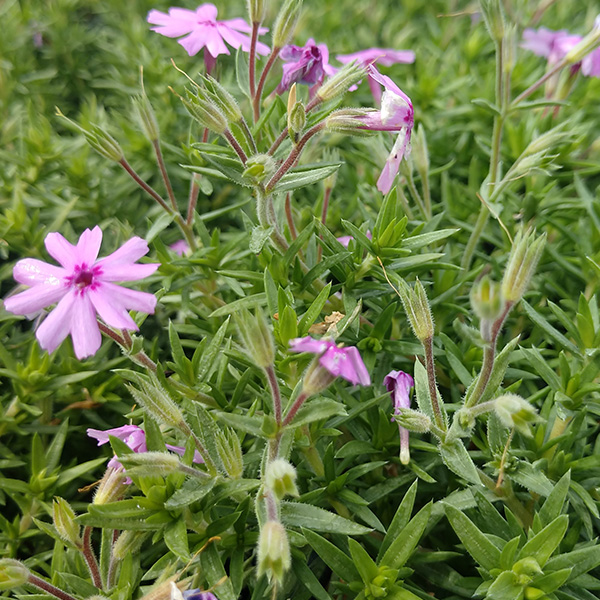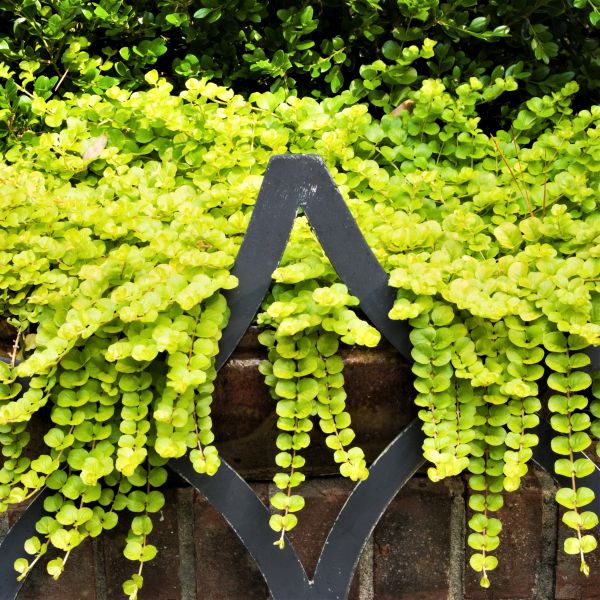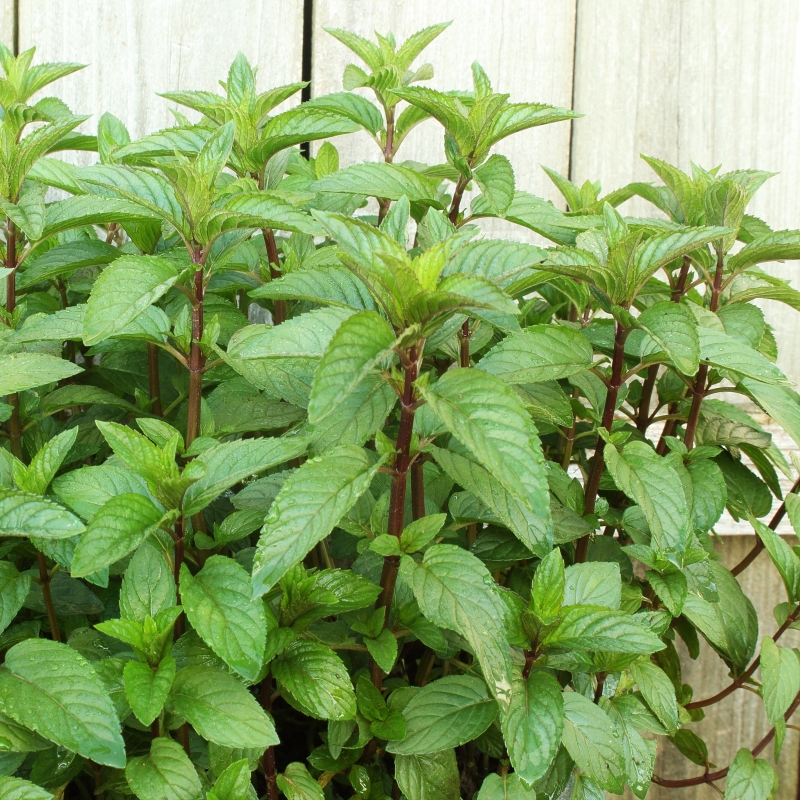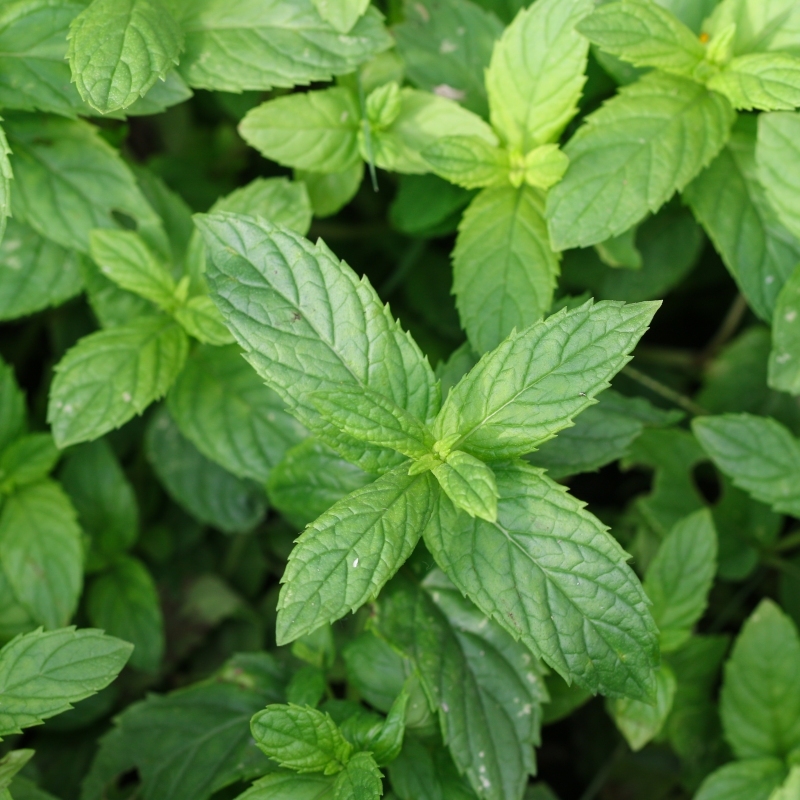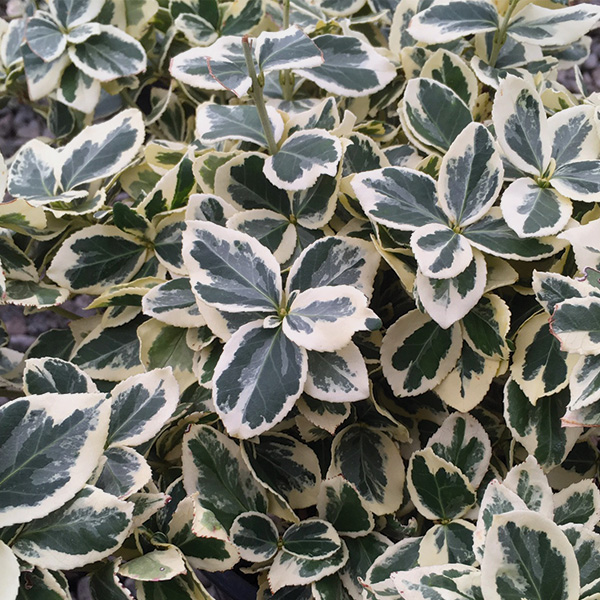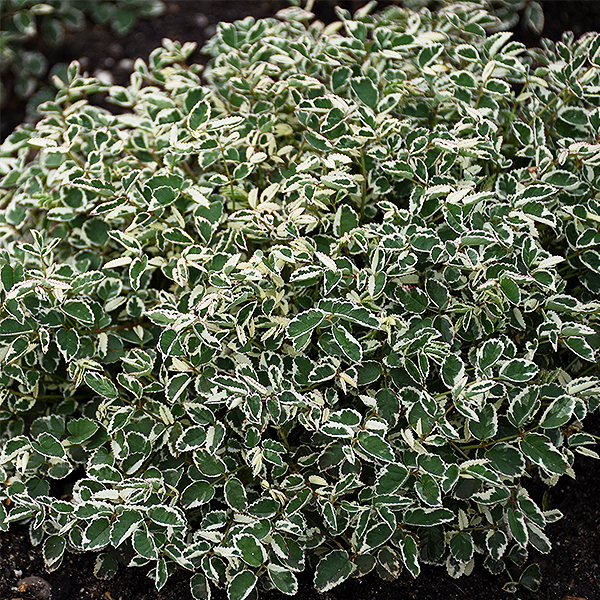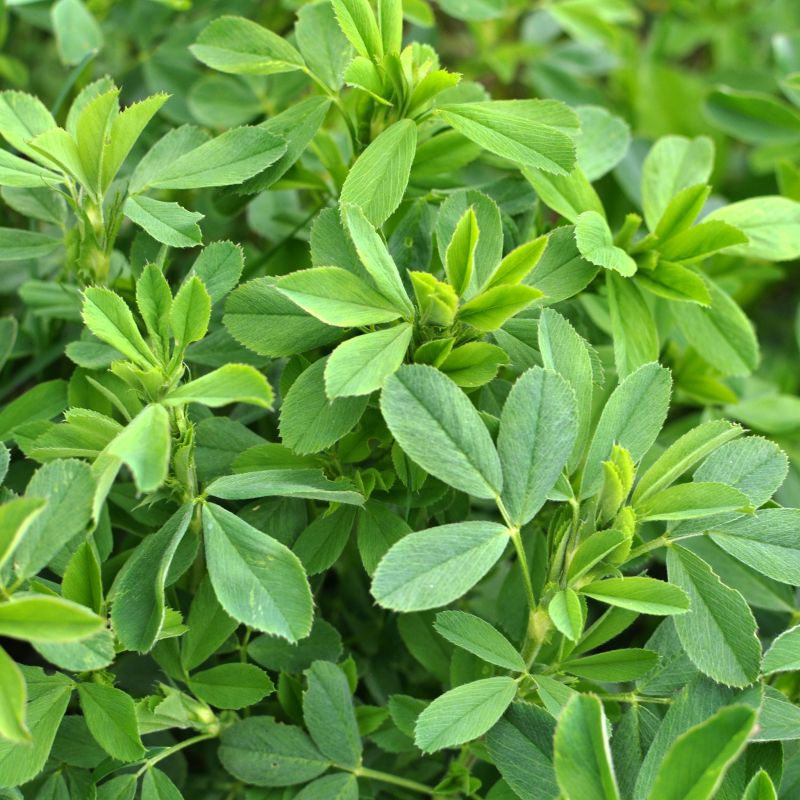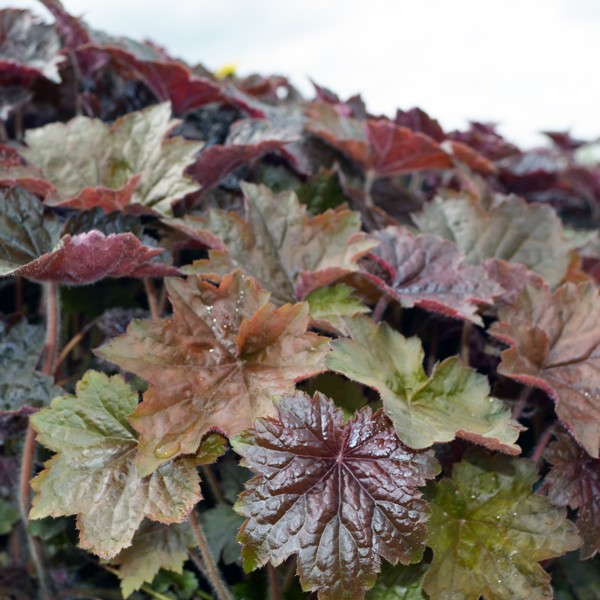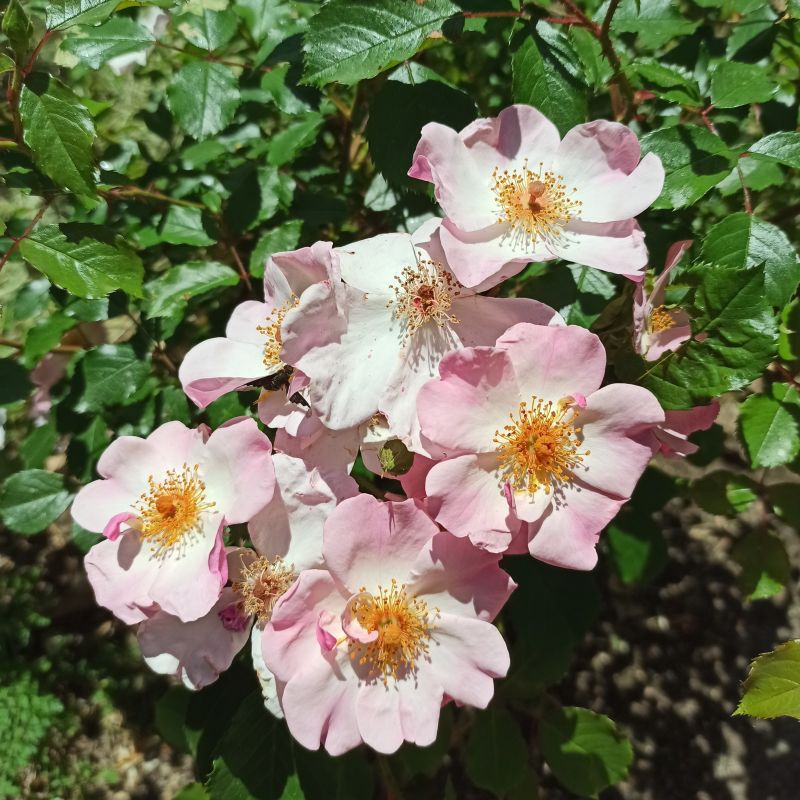
Climbing Prairie Rose
Rosa setigera
6 reviews
Climbing Prairie Rose
Rosa setigera
6 reviews
- Produces beautiful clusters of fragrant pink blooms
- Climbs easily over trellises, arbors, and fences
- Tolerant of various soil types and drought conditions
- Recommended by landscape designers for optimal fit in real yards
$99.00
$142.00
30% Off
- Ships to 43215 in 3 to 7 days
- Free Shipping Over $150
- Plant Arrival Guarantee
- In Stock
- Free Plant Consult
$200 - Landscape-Approved: Every Plant We Sell Comes With Design Expertise Behind It
2.5 Gallon
Not just beautiful - intentionally selected by ShrubHub's 3D landscape design team to fit real-world spaces and maximize yard potential.
Why Climbing Prairie Rose?
Climbing Prairie Rose, also known as Rosa setigera, is a beautiful native wildflower that thrives in a variety of conditions. Its vigorous climbing habit makes it perfect for covering fences, arbors, and trellises, adding a touch of natural beauty to any garden space. With its fragrant pink flowers and attractive foliage, Climbing Prairie Rose is a versatile and low-maintenance plant option.
People who loved this plant also bought
Sunlight
Climbing Prairie Rose requires full sun to thrive, with at least six hours of direct sunlight per day. Insufficient sunlight can lead to poor growth and reduced blooming. Plant in a location that receives plenty of sun to ensure that this beautiful vine fl
Watering
Climbing Prairie Rose requires regular watering, especially during hot and dry conditions. It is important to keep the soil consistently moist but not waterlogged. Water deeply at the base of the plant to encourage healthy root development and blooming.
Fertilizing
Climbing Prairie Rose plants benefit from a balanced fertilizer with equal amounts of nitrogen, phosphorus, and potassium. A slow-release fertilizer applied in early spring and again in mid-summer will help promote healthy growth and abundant blooms. Avoid
Climbing Prairie Rose (Rosa setigera)
The Climbing Prairie Rose, also known as Rosa setigera, is a beautiful and hardy climbing rose variety native to North America. It is a favorite among gardeners for its vigorous growth and stunning blooms.
This rose variety features long, arching canes that can reach up to 15 feet in length, making it an excellent choice for covering arbors, fences, and trellises. The foliage is dark green and glossy, providing a lovely backdrop for the clusters of fragrant pink flowers that bloom in late spring to early summer.
Climbing Prairie Rose is a low-maintenance plant that is resistant to pests and diseases, making it a great choice for novice gardeners. It thrives in full sun and well-drained soil, but can also tolerate partial shade. Regular pruning will help promote optimal growth and blooming.
Bring the beauty of the North American prairies to your garden with the Climbing Prairie Rose. Whether used as a focal point or a backdrop, this stunning climbing rose is sure to impress with its beauty and resilience.
Plant Information:
| Botanical Name: | Rosa setigera |
| USDA Zones: | 4 - 8 |
| Water: | Moderate |
| Exposure: | Full Sun |
| Soil Needs: | Well Drained |
| Mature Height: | 6 - 12 feet |
| Mature Spread: | 3 - 6 feet |
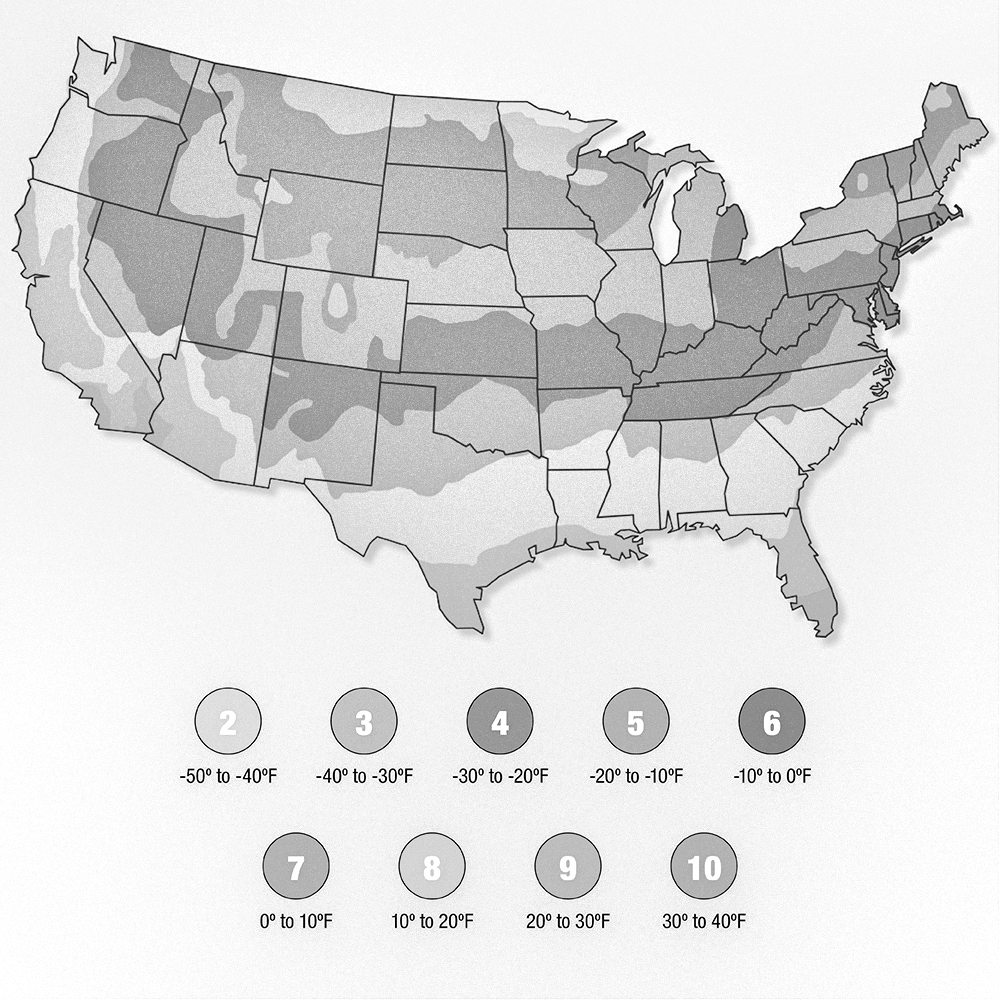


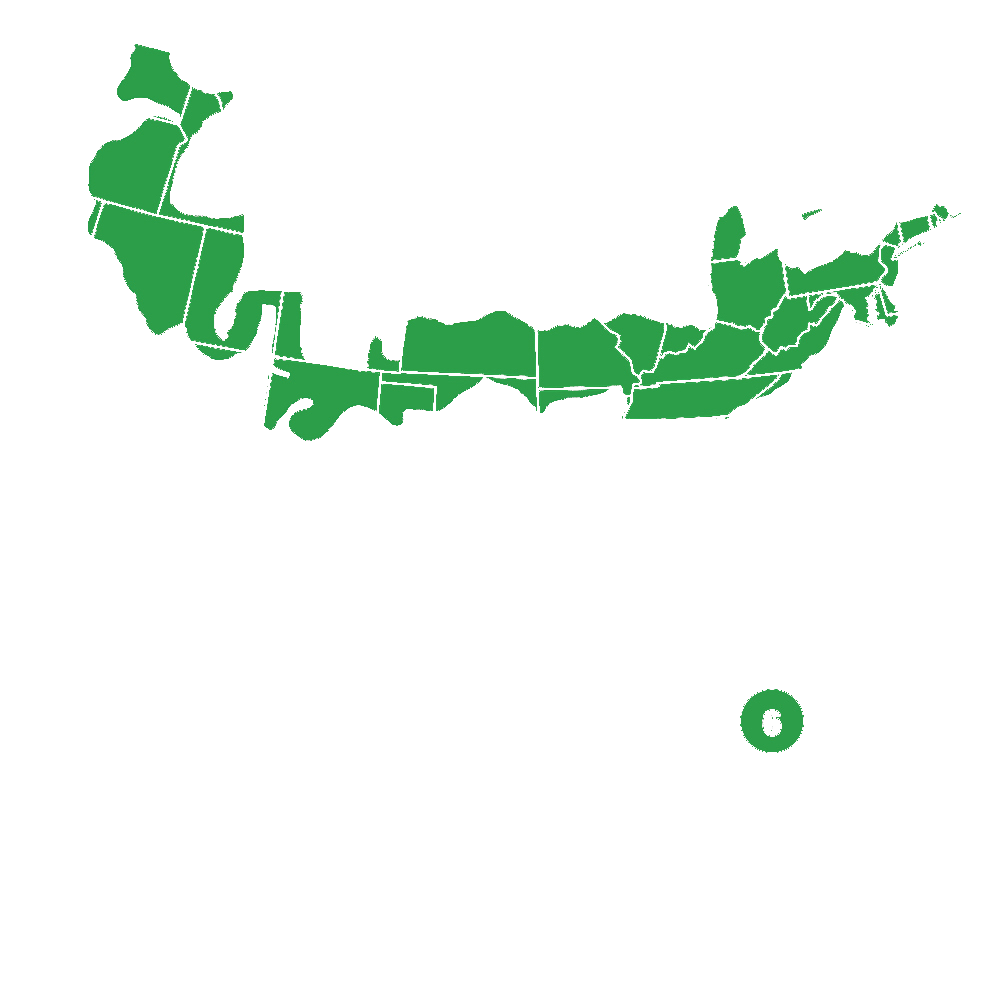

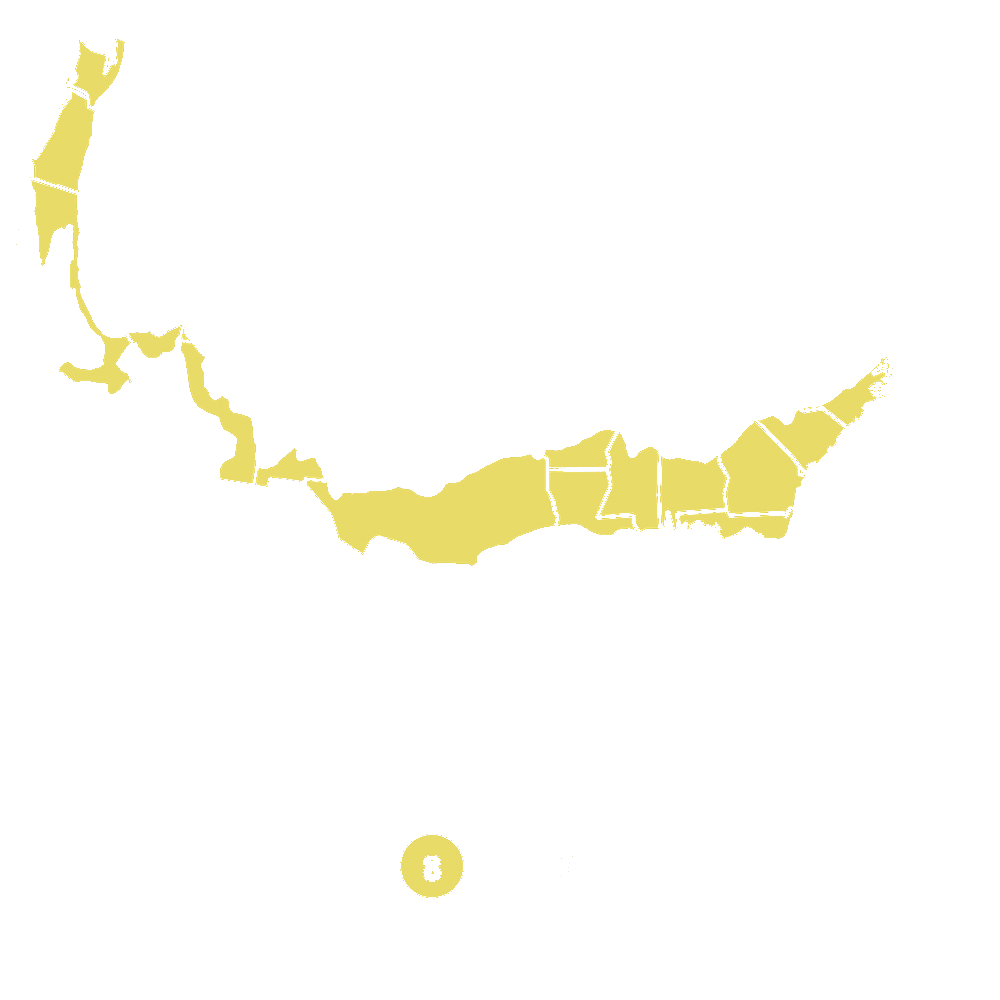
Pollination Info
Pollination Info for Climbing Prairie Rose (Rosa setigera)
Climbing Prairie Rose, also known as Rosa setigera, is a beautiful native plant that blooms in the spring and summer months. It is an important plant for pollinators, providing nectar and pollen for bees, butterflies, and other insects.
Pollinator Attraction:
Climbing Prairie Rose is highly attractive to a variety of pollinators, including bees, butterflies, and hummingbirds. The sweet fragrance of its flowers and abundant nectar make it a popular landing spot for these important pollinators.
Pollination Process:
During the pollination process, bees and other pollinators visit the flowers of the Climbing Prairie Rose to collect nectar and pollen. As they move from flower to flower, they transfer pollen grains from the stamens (male parts) to the pistils (female parts), leading to fertilization and the production of seeds.
Benefits of Pollination:
Pollination is essential for the reproduction of flowering plants, including the Climbing Prairie Rose. It helps in the production of seeds, which are necessary for the plant's survival and growth. Additionally, pollination plays a crucial role in maintaining biodiversity and ecosystem health.
How to Support Pollinators:
To support pollinators like bees and butterflies in your garden, consider planting native plants like the Climbing Prairie Rose. Provide a diverse range of flowering plants that bloom at different times of the year to ensure a continuous food source for pollinators. Avoid using pesticides and herbicides that can harm pollinators and their habitats.
FAQ
Frequently Asked Questions about Climbing Prairie Rose (Rosa setigera)
Q: What is a Climbing Prairie Rose?
A: Climbing Prairie Rose (Rosa setigera) is a species of rose that is native to North America. It is known for its climbing habit and can reach heights of up to 10 feet.
Q: How do I plant Climbing Prairie Rose?
A: Climbing Prairie Rose prefers well-drained soil and full sun. Plant it in an area with good air circulation to prevent diseases. Dig a hole slightly larger than the root ball, place the plant in the hole, and backfill with soil. Water thoroughly after planting.
Q: How often should I water Climbing Prairie Rose?
A: Water Climbing Prairie Rose regularly, especially during its first growing season. Once established, it is drought-tolerant and only needs watering during prolonged dry spells.
Q: Does Climbing Prairie Rose require special care?
A: Climbing Prairie Rose is a low-maintenance plant. Prune it in late winter or early spring to remove dead or diseased wood and shape the plant. Fertilize in spring with a balanced fertilizer to promote healthy growth.
Q: How do I train Climbing Prairie Rose to climb?
A: Use a trellis or support system to train the stems of Climbing Prairie Rose to climb. Tie the stems loosely to the trellis with garden twine to guide their growth. Prune any stems that grow away from the support system to maintain the desired shape.
Q: Does Climbing Prairie Rose have any pests or diseases?
A: Climbing Prairie Rose is relatively pest and disease-resistant. However, it can be susceptible to aphids, Japanese beetles, and powdery mildew. Treat any pest or disease issues promptly with organic or chemical controls as needed.
Planting & Care
Planting & Care for Climbing Prairie Rose (Rosa setigera)
Planting: Climbing Prairie Rose, also known as Rosa setigera, is a beautiful and hardy climbing rose variety native to North America. When planting climbing prairie rose, choose a sunny location with well-drained soil. Dig a hole that is slightly larger than the root ball of the plant and mix in some organic compost before placing the plant in the hole.
Care: Climbing Prairie Rose requires regular watering, especially during the hot summer months. Water the plant deeply but infrequently to encourage deep root growth. Mulch around the base of the plant to retain moisture and suppress weed growth. Prune the plant in late winter or early spring to remove dead or damaged branches and shape the plant as desired.
Fertilization: Feed climbing prairie rose with a balanced fertilizer in the spring before new growth begins. Follow the instructions on the fertilizer package for the best results.
Pests and Diseases: Keep an eye out for common rose pests such as aphids, spider mites, and Japanese beetles. Treat any infestations promptly with insecticidal soap or neem oil. Prevent diseases such as powdery mildew and black spot by providing good air circulation around the plant and avoiding overhead watering.
Support: As a climbing rose variety, Climbing Prairie Rose will need support to grow vertically. Install a trellis, arbor, or other support structure for the plant to climb on. Train the branches to grow along the support structure to create a beautiful display of blooms.
With proper planting and care, Climbing Prairie Rose can thrive and produce an abundance of beautiful pink blooms throughout the growing season.
Check Out These Verified Customer Reviews:
Customer Reviews
4.7 out of 5 based on 6 reviews
Thank you! Your review has been submitted.
Highly recommend Climbing Prairie Rose.
Excellent customer service.
Item arrived in perfect condition.
Item has been added to your cart.

